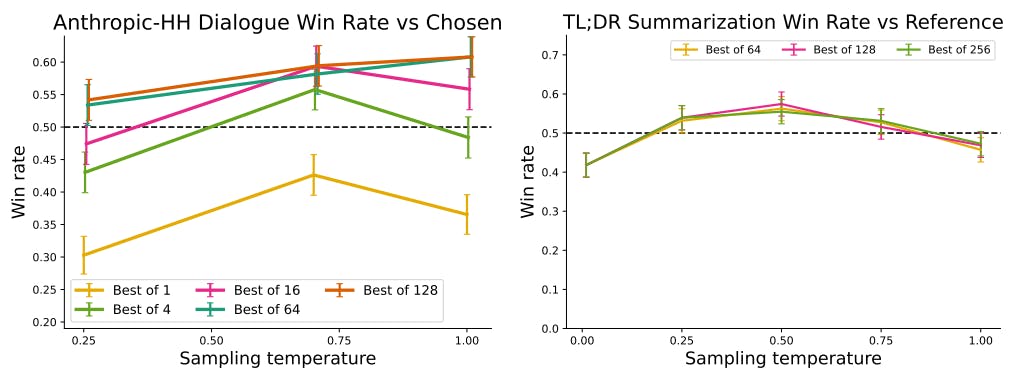171 reads
Performance of Best of N Baseline for Various N and Sample Responses and GPT-4 Judgments
by
August 26th, 2024
Audio Presented by

We publish the best academic papers on rule-based techniques, LLMs, & the generation of text that resembles human text.
Story's Credibility

About Author
We publish the best academic papers on rule-based techniques, LLMs, & the generation of text that resembles human text.
